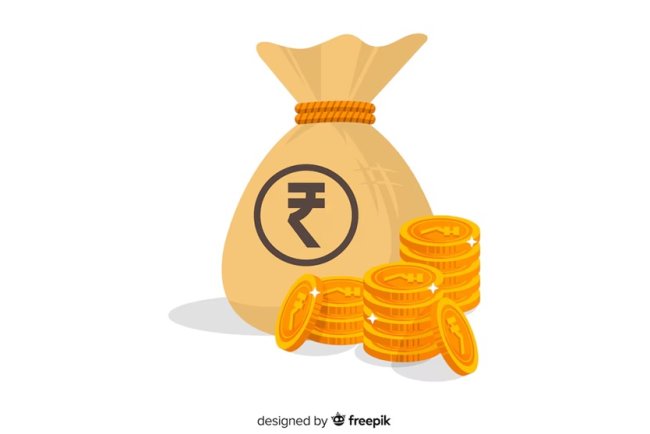India's Hydrogen Demand to Reach 8.8 MTPA by 2032: IESA Report
India’s hydrogen demand is set to grow to 8.8 MTPA by 2032, as per the IESA Market Report launched at India Energy Storage Week 2025. Despite ambitious green hydrogen project announcements, few have secured investment decisions or offtake agreements. The report highlights key challenges like high production costs, regulatory issues, and limited capacity utilization.

The 11th India Energy Storage Week (IESW) 2025 got underway on 8 July at IICC Yashobhoomi, New Delhi. Hosted by the India Energy Storage Alliance (IESA), the event witnessed the launch of the IESA Market Reports, which included a comprehensive study of the country's green hydrogen market. According to estimates, India's demand for hydrogen will increase at a compound annual growth rate (CAGR) of 3% to 8.8 million metric tonnes a year (MTPA) by 2032.
While giant-scale green hydrogen (GH2) project announcements aggregating more than 9 MTPA have been made, the report puts on record that hardly any of them have reached Final Investment Decision (FID) or have signed long-term offtake contracts, both domestically and internationally. In the baseline case, for the purpose of this calculation, it is assumed that 30% of the declared GH2 capacity is commissioned in the next decade. Electrolytic and bio-based production of hydrogen would suffice to supply just around 31% of India's domestic demand in 2032.
The report also mentions the implementation status of NGHM schemes. According to it, proposals and bids were issued and certain winning bids have already been announced with initial disbursement completed. The major allocations under NGHM are green hydrogen subsidy (GH2 Tranche 1 and 2), electrolyser manufacturing (ELY Tranche 1 and 2), and green ammonia tender under the Strategic Initiative for Green Hydrogen Transition (SIGHT).
Of the 9.2 MTPA of green hydrogen projects announced, 82% of the announcements belong to four states in India. They are Odisha with 38%, Gujarat with 26%, Karnataka with 12%, and Andhra Pradesh with 6%. Additionally, 72% of the announced projects are for the use of green hydrogen in the manufacture of ammonia, and 20% of the projects do not have their end-use intentions disclosed.
The production cost of hydrogen is also a major challenge for the industry. The Levelised Cost of Hydrogen (LCOH), particularly produced through water electrolysis, is subject to a wide range of variables such as the price of electricity, capital investment on the electrolyser plant, and the utilization efficiency of the machines. The report indicates that the hydrogen produced from fossil fuel in India is still much more economical. The low-end case LCOH estimate is twice the cost of hydrogen from fossil fuels, and even in a best-case scenario it is 1.5 to 2.5 times higher.
Other cost barriers to hydrogen application include cost of storage and transportation, particularly among the 6% of hydrogen buyers who source it from outside. Finally, regulatory controls on open-access electricity for commercial and industrial consumers place a barrier on the use of renewable energy, thus impeding the efficacy of operation of electrolysers and in turn, the economy of hydrogen production.
The event also prioritized the use of India Energy Storage Week as a platform to issue invitations to ministries, government representatives, and businesses in over 20 countries. There were to be more than 300 new product launches in various industries like electric vehicles, charging stations, solar, batteries, and green hydrogen. The event also foretold the opening of over seven new manufacturing facilities or new product launches by leading Indian manufacturers. The three-day event was focused on showcasing the latest energy storage technologies of lithium-ion, lithium-sulphur, and sodium-ion batteries.
The IESA report refers to the imperative of faster execution of projects and policy synchronisation for facilitating the transition to green hydrogen. Despite the government launching several schemes for enhancing output and research in the field of green hydrogen, market adoption till date is trailing project announcements. Collective action on the part of industry, government, and investors will be necessary if the target of 5 MTPA of green hydrogen by 2030 is to be met.
Conclusion:
India's green hydrogen industry has immense potential, but the way forward is bumpy. The envisioned future growth projected by the IESA Market Report shows increasing domestic demand, while supply side problems continue with high costs and regulatory concerns at hand. With continued government thrust and participation by the private sector, forums like IESW 2025 can be catalysts for India's energy transition. A lot of spadework, however, needs to be done to achieve the ambitious goal of the National Green Hydrogen Mission.
Source:
India Energy Storage Alliance (IESA), IESW 2025, 8 July 2025 Press Release
What's Your Reaction?

















